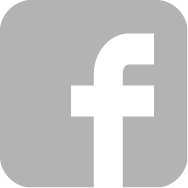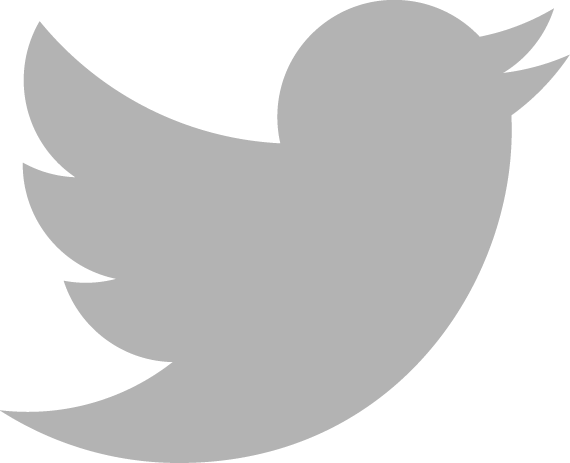WILD Features Writer & Editor Marta Guy (she/her) occupied the role of volunteer WILD Editorial Lead for the past 14 months when she was a key leader in reviving the WILD program. She recently transitioned to WILD Features Writer & Editor. She works as a strategic design leader in healthcare, creating offerings that support people to engage with their health in new ways. A commitment to human-centered solutions is reflected in her contributions to building the WILD community with and for its participants, as well as in similar approaches in Marta’s professional life to designing new businesses and experiences that uniquely meet the needs of those they serve. Marta shares her perspective on the role that humility and self-reflection play in design leadership. Her aspirations for impact inspire!
How did you get where you are today?
Like many, I sort of fell into human-centered design and innovation through opportunities that opened up for me along the way. I did a fine art photography degree in undergrad, and then I served two years in the Peace Corps in Micronesia (yes, it’s a real place!). Upon my return, I sort of had an existential crisis. I was working as a part-time photographer’s assistant and substitute teacher, looking for some clarity on where I was going. Two very important mentors changed my life at that time. Patty Carroll, the photographer who I was working with, connected me with Kelly Costello, one of her former assistants and the director of user research at a design strategy consultancy called Doblin (now owned by Deloitte). I credit my path to the generous guidance of these two women. I feel so fortunate to have encountered them as mentors and friends along the way. Among so many other women who have influenced my life personally and professionally, I’m incredibly grateful to these two for contributing to me getting my start.
At the time, I didn’t even know this profession was a thing. Kelly saw in me an ability to capture the team’s user research, using photography and video skills from the undergrad BFA, and an anthropological viewpoint gained from my experience serving in the Peace Corps. And the rest is history, as they say. My role developed over the years to leading teams and clients through the whole process, from early problem framing through concepting and piloting. I worked at Doblin for over a decade, innovating across industries and markets, designing all sorts of new business offerings, and answering all kinds of strategic questions. I led the Insights Practice for a few years and even spent two years overseas helping to build a fledgling team in London. It was a great adventure!
After many years in consulting, I had built a strong toolkit for solving hard problems, and I wanted to more consistently feel like I was solving problems that really matter in the world. I made the move in-house into healthcare about 5 years ago. I like to say it’s a very rich problem space with lots of opportunities for innovation. In my roles since then, I have founded and led consumer insights and experience teams, established strategic design capabilities, and defined new tech-driven solutions to support people to live healthy, vital lives in their homes and communities.
One thing you wish you had known as a young creative professional…
My perspective is unique, and that's what makes it valuable. I still have to remind myself of that.
What drew you to the WILD group?
I wanted to connect with and learn from other women design leaders, share stories and experiences, exchange tips and tricks, and expand perspectives on design beyond the application of it in my own career.
What is your view on the state of design today? The state of leadership?
I think both design and leadership are sorely in need of greater social, ethical, and moral responsibility. That's a much longer conversation for another time, and one I hope to be able to have through our WILD platform.
Leadership tips:
Make time for listening to others: direct reports, peers, and other leaders. I've experienced many leaders who seem to do a lot of talking but not nearly enough listening. There's so much to learn and understand from all of the people around us. Being able to care for, bring together, and reflect all those perspectives is what makes for truly human-centered, valuable systemic solutions, as well as good leadership.
What is leadership to you?
Creating the kind of world that you want to live in.
From your perspective, what is the power of design?
To create the kind of world that I want to live in.
How do you stay inspired?
I journal almost every day. It's a habit I picked up from Julia Cameron's The Artist's Way. This practice has been life-altering, really helping to get the mental and emotional crap out of the way to make more space for creativity.
Words you live by:
“Clear is kind.” I can't take credit for that one; it's Brené Brown. It suits because I’m a direct communicator.
Another one I've been telling myself lately is: If it's not obvious what to do or how to do it, just start by doing one thing that feels like a step in the right direction. Often, others don’t know what to do either, so who better than me to figure it out?
Oh, one more, I can’t resist. From The Four Agreements: “Don’t take anything personally. Nothing others do is because of you. What others say and do is a result of their own dream or perception of the rules.” It’s so good.
Connect with Marta on LinkedIn where she shares her professional journey along with her WILD contributions.
____
As Women in Leadership & Design (WILD) redefines paradigms of design leadership, we elevate the perspectives of the creative leaders in our midst. “WILD Portraits” shares the distinct stories of Bay Area women and non-binary design leaders, highlighting each individual’s unique path and point of view. Together, these profiles provide a sketch of the state of design leadership and how it’s evolving.

